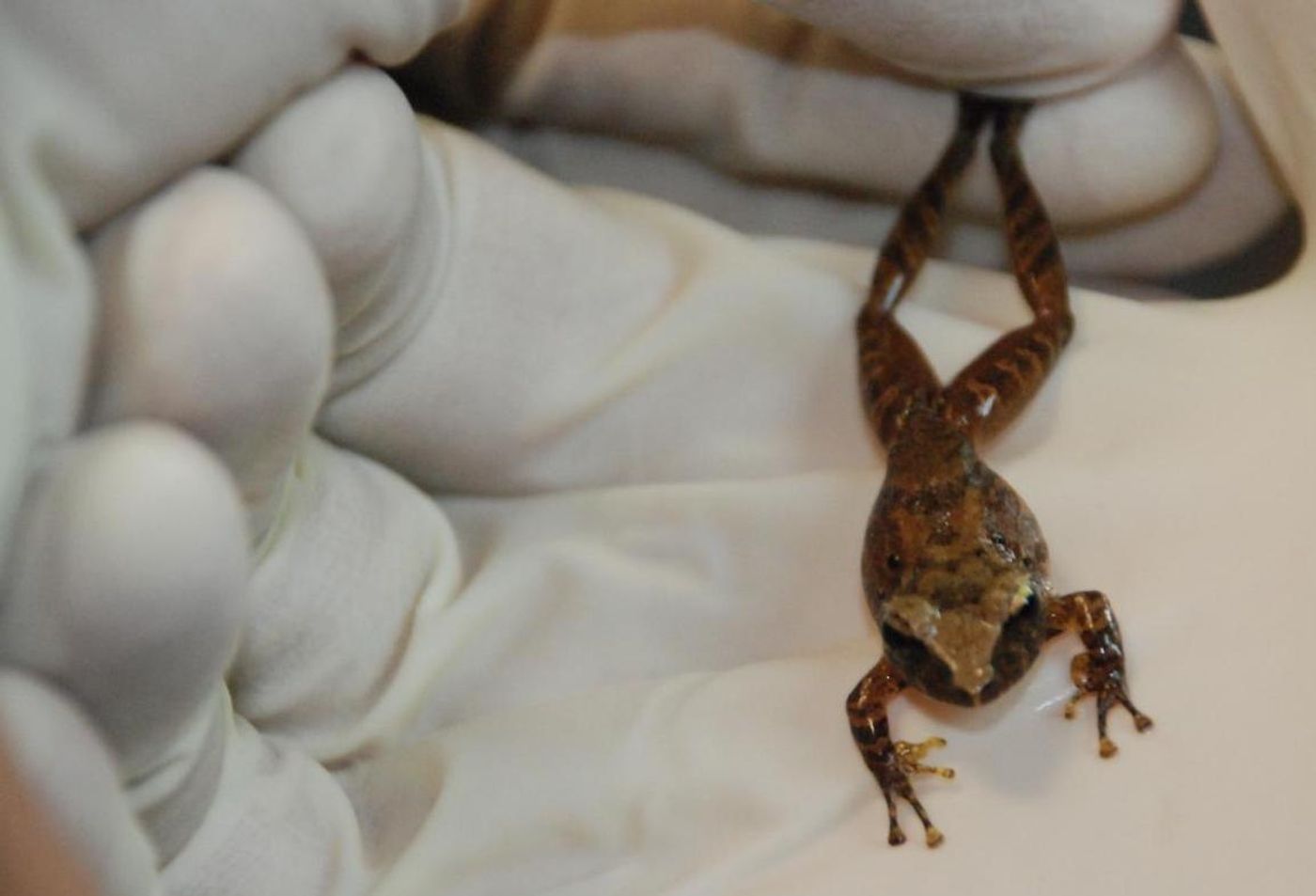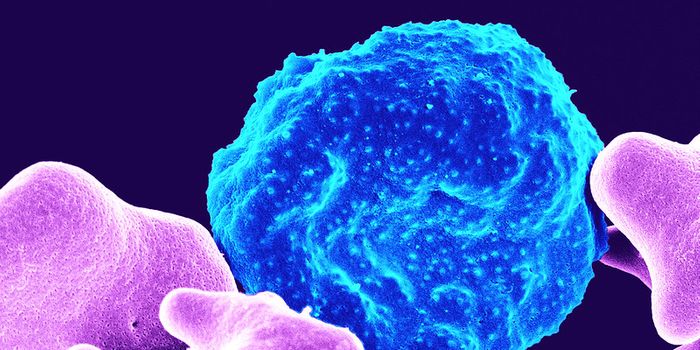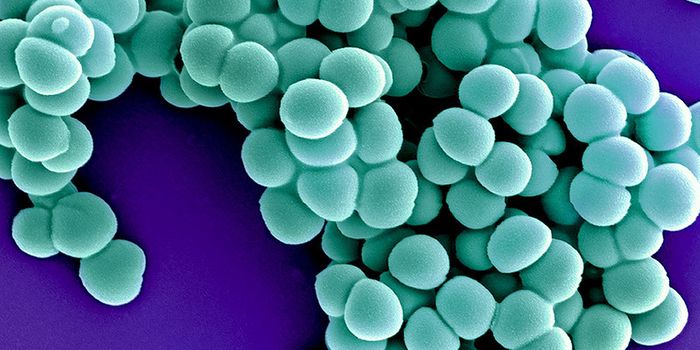Bacteria on Frog Skin Can Help Fight Fungal Infections
In recent years, fungal disease has torn through the world’s amphibian populations; some species went extinct. But others have been able to withstand the epidemic. Researchers have previously determined that bacteria living on the skin of some of these amphibians might be protecting them from disease by exerting an antifungal effect. Now, scientists want to know whether those protective microbes might be able to help people fight fungal infections, which are becoming more resistant to drugs. The findings, which may also benefit fragile frog populations, have been published in Scientific Reports.
"Amphibians inhabit humid places favoring the growth of fungi, coexisting with these and other microorganisms in their environment, some of which can be pathogenic. As a result of evolution, amphibians are expected to possess chemical compounds that can inhibit the growth of pathogenic bacteria and fungi," explained Smithsonian scientist and study author Roberto Ibáñez.
For this work, the researchers went to Panama. There in the Chiriquí highlands, the chytrid fungus has decimated amphibian populations by causing the disease chytridiomycosis. It disrupts the movement of electrolytes across frog skin and causes heart failure eventually. The scientists gathered samples from seven species of frog to learn what bacteria they carried on their skin.
"Amphibians have glands scattered on their skin that produce different compounds," Ibáñez said. "In addition, their skin is inhabited by a diverse community of bacteria that produce metabolites that inhibit the growth of fungi and other bacteria."
After isolating 201 bacterial strains from their samples, the researchers assessed their efficacy against the fungus that can cause invasive aspergillosis, Aspergillus fumigatus. They found that 29 of the microbes were antifungal, but one, Pseudomonas cichorii, worked the best against A. fumigatus.
Next, they had to figure out what antifungal compound P. cichorii was producing that had this effect. After a lot of effort and research, the team determined that a chemical called viscosin was able to fight off both the chytrid fungus and A. fumigatus.
Learn more about the crisis facing frogs from the video.
"We are showing to the scientific community a set of possible alternative molecules to fight fungal drug resistance in humans," noted the co-first author of the study Christian Martin of INDICASAT. "Although more studies are needed, our collaboration could spark interest in the conservation of amphibians as a novel source of bioactive compounds in humans. For amphibians, this is a promising study because there are only four bacterial secondary metabolites chemically described that inhibit chytrid fungi. In this study, we are introducing a new family of chemical compounds found in Panamanian frogs that could help amphibians worldwide."
"I consider that bioprospecting compounds from skin secretions or bacteria living in frog's skins is just beginning," Ibáñez said. "This research has identified an antifungal compound produced by frog skin bacteria, which may be used to control pathogenic fungi affecting humans and amphibians. More research will be required to determine its potential medicinal use."
Sources: AAAS/Eurekalert! Via Smithsonian Tropical Research Institute, Scientific Reports









